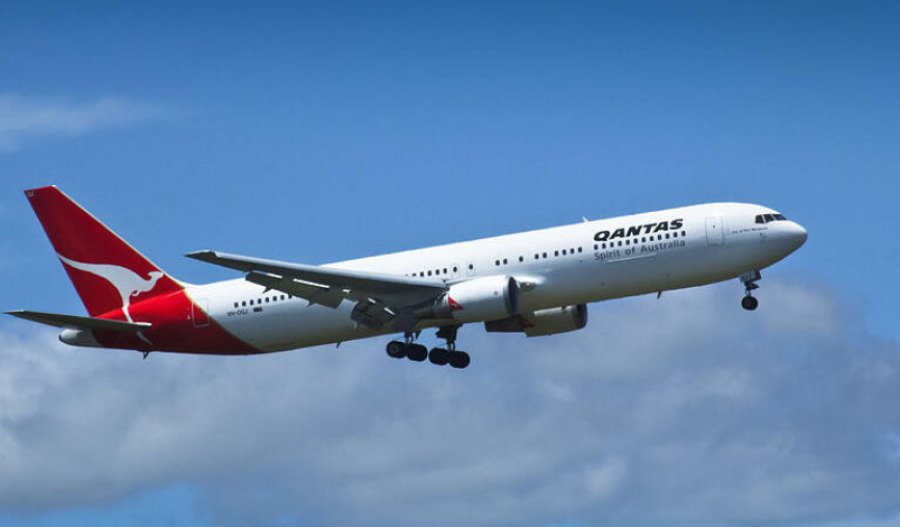Australia’s unemployment rate remained unchanged at 4.1% for the fifth consecutive month in May, according to seasonally adjusted figures released by the Australian Bureau of Statistics (ABS).
Employment declined by 2,500 people, while the number of officially unemployed people also fell by 2,600, resulting in a steady headline jobless rate.
Markets expected a stronger result, forecasting an employment increase of around 25,000 people.
The employment-to-population ratio dipped 0.1 percentage points to 64.2%, while the participation rate fell by 0.1 percentage points to 67.0%.
Sean Crick, ABS head of labour statistics, noted: "Despite the slight fall in the employment-to-population ratio this month, the female employment-to-population ratio rose 0.1 percentage points to a record high of 60.9%."
The modest decline in employment follows April’s unexpectedly strong result, when the economy added 89,000 jobs.
Total hours worked rose by 1.3% in May, recovering from weak readings in March and April. These readings were disrupted by the Easter holiday and extreme weather events.
The underemployment rate fell by 0.1 percentage points to 5.9% in May - 0.8 points lower than a year earlier, and 2.8 points below levels seen in March 2020, just before the COVID-19 pandemic hit.
The broader underutilisation rate, which combines unemployment and underemployment, declined by 0.2 percentage points to 9.9%. That figure is now 4.0 points lower than the pre-pandemic level.
In trend terms, the unemployment rate has remained steady at 4.1% for three months. Trending employment rose by 28,000 people, or 0.2%, in May, taking annual growth to 2.3%.
Monthly hours worked increased 0.1% in trend terms - continuing a pattern seen since January, where hours worked have grown slower than overall employment.
“In trend terms, the employment-to-population ratio remained at 64.3% in May, while the participation rate stayed at 67.0%. Both measures have remained the same since the start of 2025,” Crick said.
The trend is underemployment and underutilisation rates both remain unchanged at 5.9% and 10.0%, respectively.



